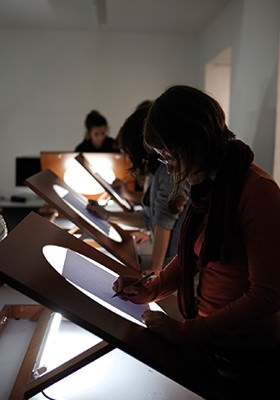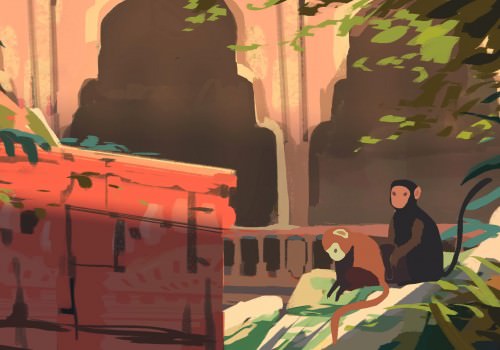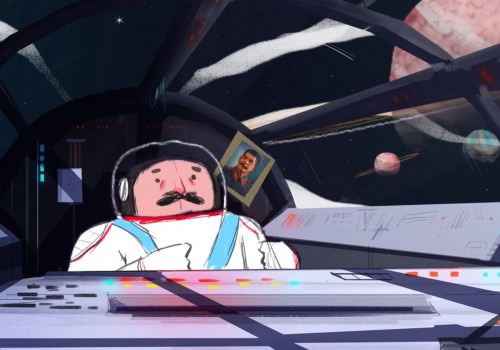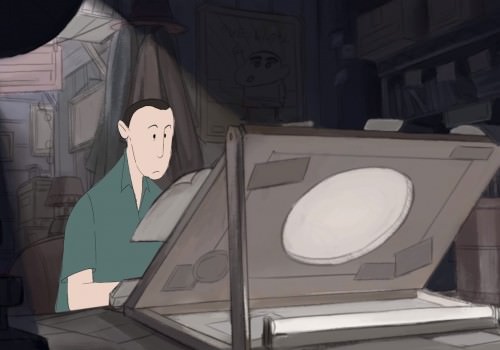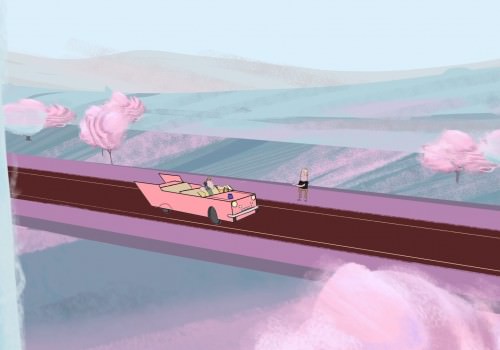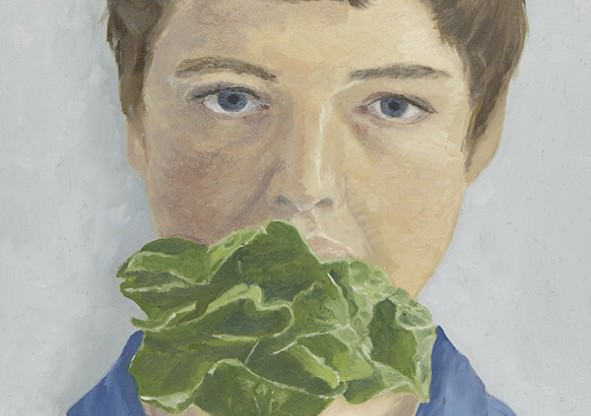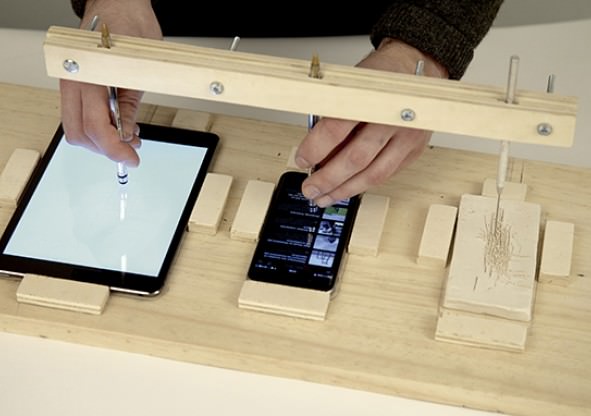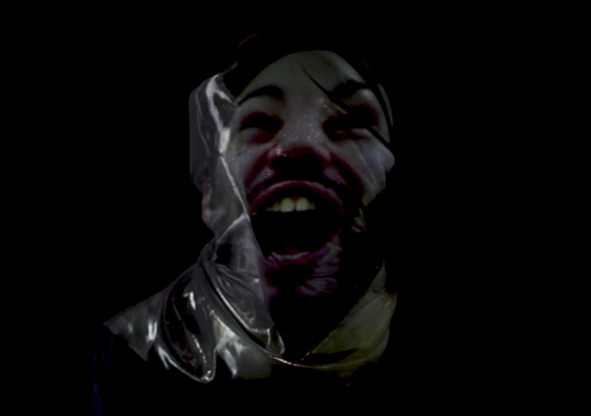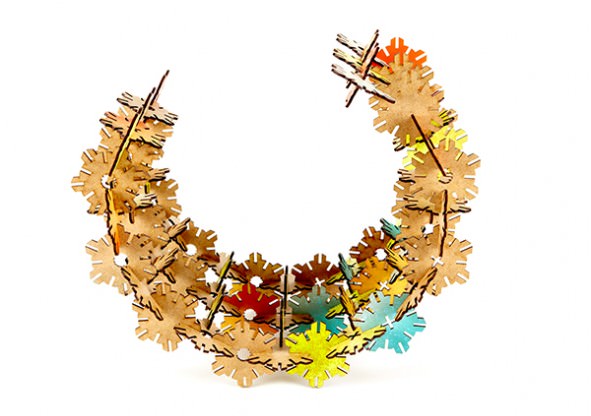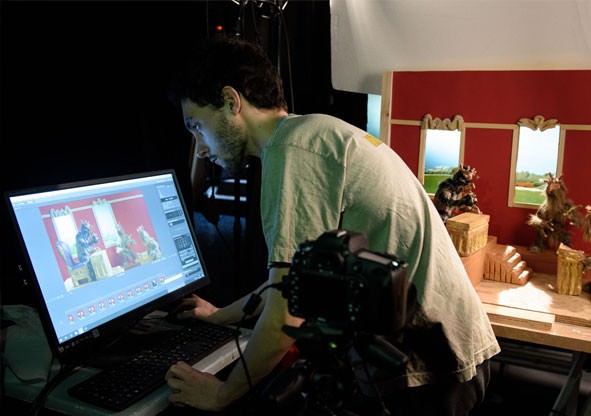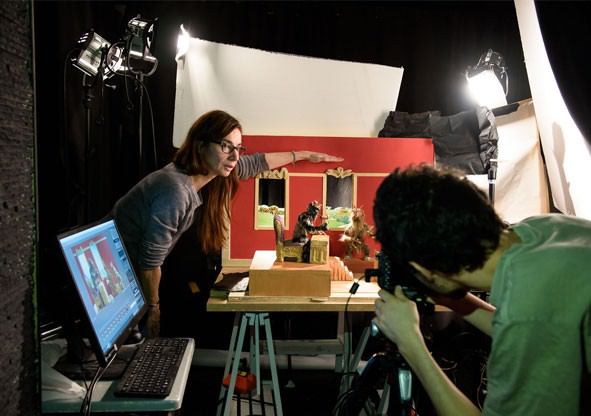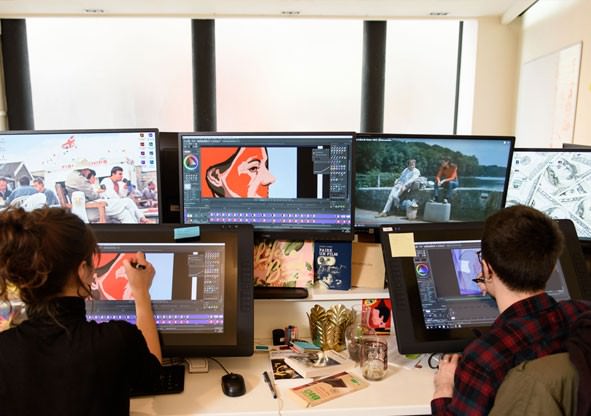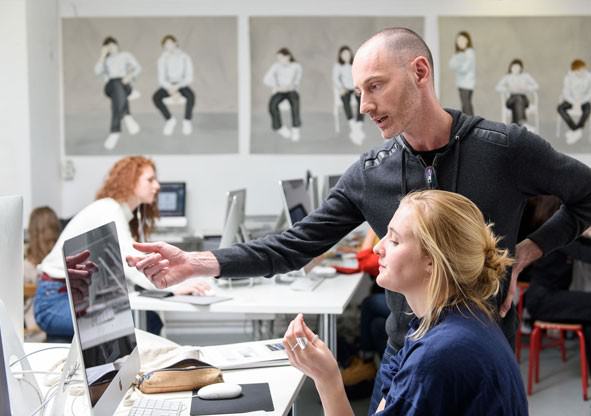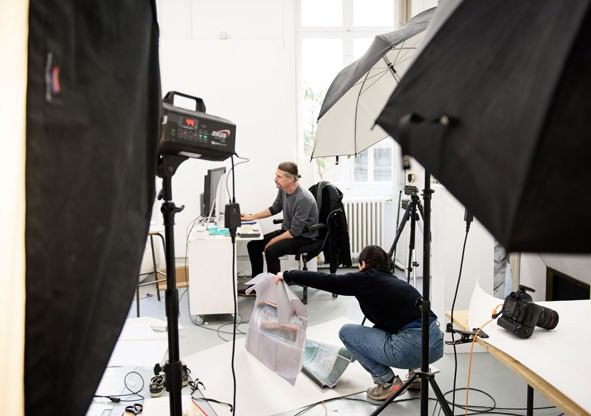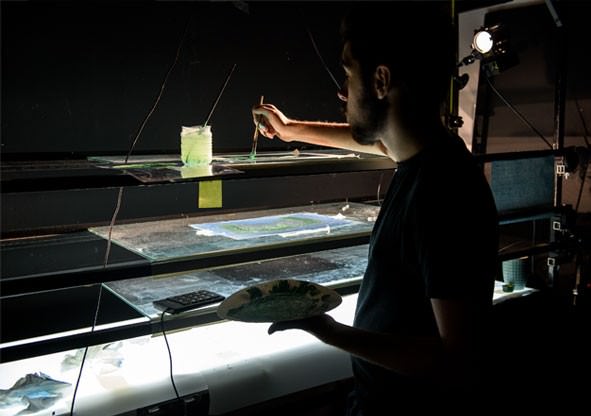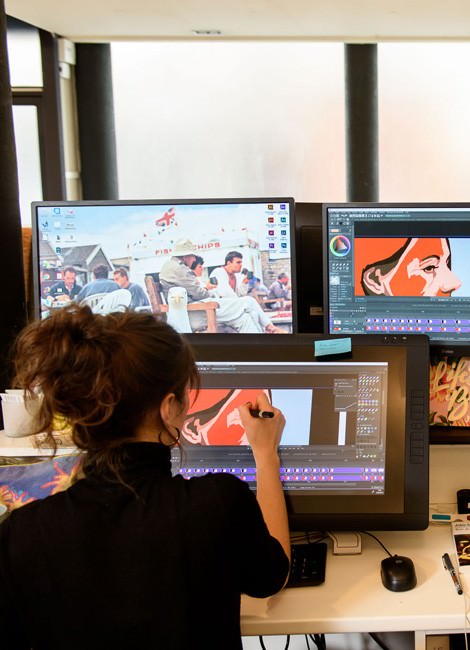
Succeed in the competitive examination for animation schools
Succeed in the competitive examination for animation schools
The animation preparatory course enables students to develop their creativity and discover and assimilate the techniques needed to enter the most prestigious animation schools. Students can take the course in English. Admission is not through Parcoursup.
92% success rate in animation school entrance exams
Every year, students in the animation preparatory program at Atelier de Sèvres pass a large number of competitive exams. They go on to train at leading animation schools such as Gobelins, ArtFx, Rubika, EMCA...
Students at the animation prep school benefit from training that meets the exacting requirements of these highly selective competitions. It demands a steady pace and rigor in the quality of the work produced. Lecturers and teachers are professionals from the world of animated film (directors, animators, storyboarders, etc.) and from the world of art education.
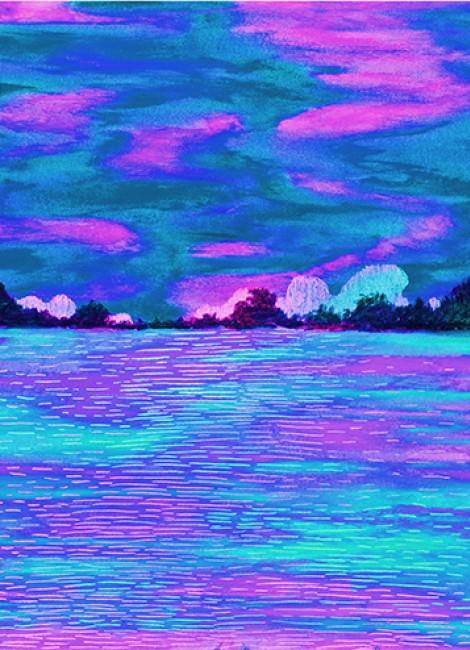
Training
In order to train students and enable them to present an exemplary portfolio at the competitive entrance exams of specialist higher education institutions, the teaching on the Animation foundation course is divided into three branches:
- a core curriculum of academic and applied courses in animated film,
- workshops
- and experimental workshops in animation techniques.
As part of the core curriculum, students acquire the basics and fundamentals and then develop these in greater depth with classes that are entirely focused on drawing—perspective and life drawing—and classes that are specific to animation, such as storyboarding, character design, an introduction to 2D, illustration, history of art/animated film and computer graphics applied to filmmaking.
The year's syllabus also comprises:
- Workshops of 32 hours each, with the possibility of making films in stop motion, painted or sand animation, 2D animation
- and workshops of 24 hours each, in layout/scenery, writing and anatomy.
Students will gradually become familiar with this ambitious and innovative program which will enable them to stand out at the entrance examinations.
Students are encouraged to work and reflect upon their projects outside of standard class hours. To enable them to progress in optimum conditions, the workshops are at their disposal.
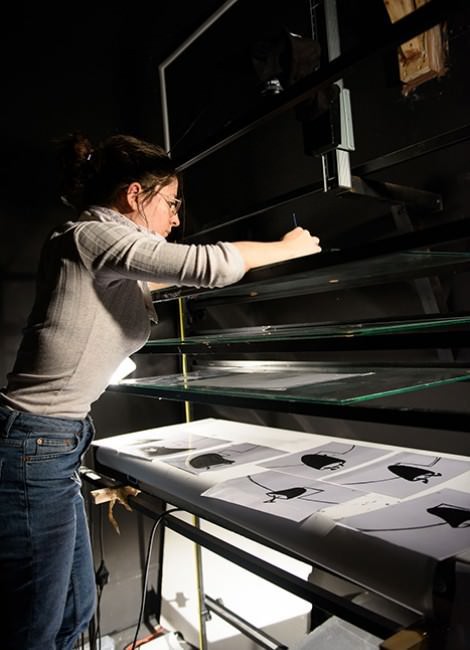
Successfully passing the entrance exams
Pedagogy
The teaching program is built around a core of practical lessons divided between fundamental artistic practice and technical and artistic apprenticeships directly applied to animation.
A typical week includes classes of live models, perspective drawing and illustration (for the artistic basics) and animation techniques, character design, storyboarding, narration, the history of animation and computer graphics (for animation). The various exercises are carried out on paper or digitally, using professional softwares. These lessons are complementary and essential to the creation of your portfolio and demo reel, and enable you to produce varied, solid and well-argued personal work.
Through these lessons and exercises, and in daily contact with our teachers, you will you will also learn to situate yourself and understand which school will offer you the training path that meets your desires and aspirations.
An ambitious preparatory program to help you stand out in front of the jury at competitive exams. Students are encouraged to work on their personal projects outside class hours. Workshops are at their disposal, and teachers are on hand to help them explore new creative avenues.
The year is punctuated by special events
High points, during which you are free to respond, as a team, to a subject in a few days. These are followed by a presentation of the finished project to a jury of teachers.
Workshops lasting several full days, culminating in a stop-motion rendering and an animated painting rendering.
Mock competitions, writing workshops to prepare the texts required for the competitions, practice for the orals, and help in putting together artistic files.
A forum and information conferences on animation schools in France.
During the competition period, priority is given to personalized follow-up of students' written and oral work.
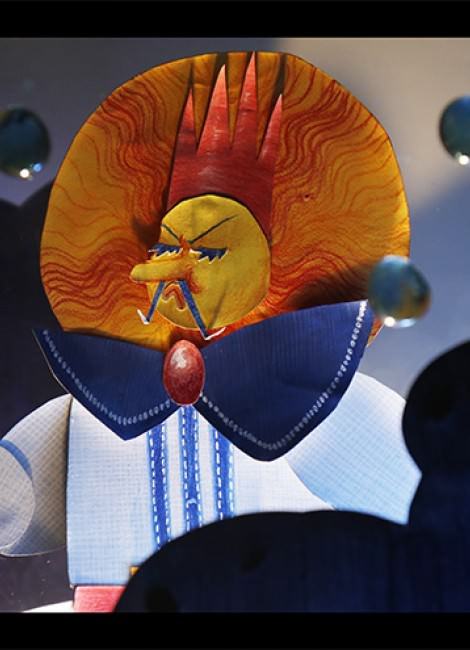
Networks
A network of professionals
Throughout the year, students meet professionals—as teachers but also during seminars—with whom they have the opportunity to exchange ideas and create, and also consider a more precise career path.
A network of schools
Thanks to the Graduate School Forum, organised every year in November/December, students can attend a presentation of the course programs, see the end-of-study films, and be informed of the dates and procedures for applying to animation graduate schools and the specificities of each one (2D, 3D, writing, technical, VFX, etc.).
In the presence of the Atelier de Sèvres alumni who have entered these schools, and of course leaders, they will be able to refine their choices and plan their entrance exam schedule. The materials for this school-by-school forum are available to students.
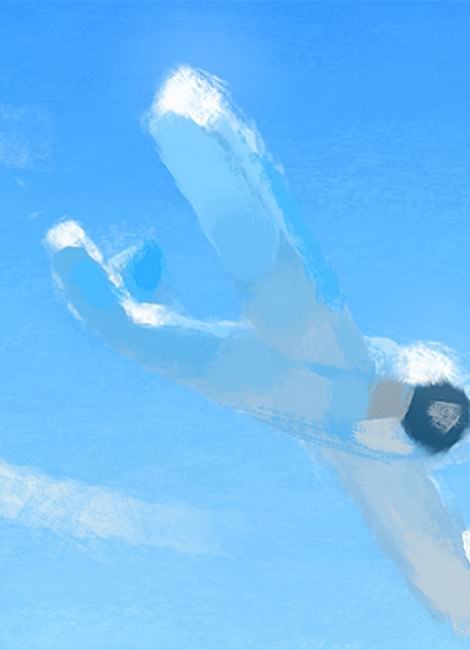
Organisation
Organisation
September to December :
acquisition of the fundamentals of drawing (observation and imagination) and animation, cross-disciplinary courses in artistic culture/animated film, computer graphics, preparation of artistic portfolio, animation school forum.
January to end of February :
Classes / workshops, joint projects, animation, storyboarding, model-sheeting, character placement in space, staging...
Every week: training for table-top tests.
From February onwards :
Students can sign up for additional courses.
In parallel, throughout the semester: Help in putting together the artistic file and demo tape, including editing advice and access to the sound studio.
In the second semester, support is tailored to the expectations of the main target schools, including the Atelier de Sèvres' 2D 3D animator or animation designer bachelor programs.
April to May :
Finalization of artistic portfolio and project in all courses, practice for competitive entrance exam orals in addition to compulsory courses, individual artistic culture meetings with art history/animation film teachers.
IMPORTANT - the timetable is indicative and is adapted to the dates of competitions in France and abroad.
End-of-semester jury, book and oral mock juries
Admissions procedures
Admission to the Atelier de Sèvres is done outside Parcoursup, through an interview. It takes place in 3 stages :
01. Sending the application form and making an appointment
Candidates download the application form and confirm the date of their interview from the website, or will be contacted by the school to arrange an appointement. Interviews can be conducted either at school or online, according to the candidate’s preferences.
02. Interview
Candidates present their artistic portfolio to the interviewer, along with their motivation, background, creativity, practices, and general knowledge.The interview is conducted in French or in English.
03. Admission
Candidates will be notified of their admission status following the interview. They have 15 days to return their enrollment form and secure their place for the upcoming school year.Admissions are subject to availability.
